|
Here is the second episode of the Fiber Sprite Podcast! On this show, I'll talk about projects I've been working on, sources of inspiration, share tutorials, and more.
Knitting:
Spinning:
Weaving: Books: Recently, I reorganized my bookshelves, which included a total overhaul of how I organize my fiber arts books. Previously, there were a couple of knitting shelves, a spinning shelf, a weaving shelf, and a bunch of other books crammed in wherever they could fit. Then there were even more books all over my house...what can I say? I like books!
Organizing reference books has always been a bit of a challenge for me, especially when it comes to textile books. I want to be able to quickly locate garment design books, for example, or my stranded colorwork books. Some books clearly fall into one category, while others could fit into two or even three categories. With my recent reorganization, I used new and bigger bookshelves (these), so there was space to split books up into the following categories and sub-categories:
And those are just the books! In the cabinets at the bottom, I've stored some of the more unruly-looking things, like magazines, binders, and notebooks. So far I have been using this system for a couple of months, and it feels a lot easier to use. Not only are books easier to find, but they're more likely to get put away when I'm done with them. Plus, because there's a little bit more space than I need, it just feels more organized. And because the system is modular, it's possible to move, add, and adjust shelves over time. Do you have a ton of craft books? How do you organize them? Let me know in the comments! Today I want to share a different kind of "link love." I want to talk about our hands, and how we can take care of them. But first, a little bit about why this is so important to me: Did you know I have a whole 'nother business? It's over here. Or, if you prefer Amazon, we sell there too. In 2016, we quit our full-time jobs to work on our business. In February of this year, my husband was asked back to his old job, and he accepted. (Health Insurance! 401(k)! Adulting!) Of course, that has meant a lot more work for me in our business. There has been all sorts of new stuff to learn that I hadn't really needed to do before. Paperwork. Emails. Navigating the different selling platforms. Figuring out the post office. The hardest part? Packing boxes. All those products that come from Amazon or our website or even eBay? They're packed by human hands. From February to July, they were packed by my hands. I knew right away that this was no small task for me. All of the motions were small and simple. I rarely spent more than two hours packing boxes. I knew I was generating a lot of income for my business every time I packed boxes. I knew this should be easy. But still, my hands were sore. So sore that knitting was almost impossible. I'd hold knitting needles in my hands for about five minutes before everything froze up. At one point, the pain in my hands was so bad that all I could do was clutch a mug of hot tea, because the heat was the only thing that felt good on my hands. One night, I was in so much pain that I laid down in bed with a mug of hot tea in my hands, balanced on my belly. I woke up soaking wet and cold after having rolled over and spilling the now cold tea all over my bed. I lived in a constant state of worry that I would develop De Quervain's tenosynovitis, something that has bothered my mom's hands for years. Unmoored from fiber art as a refuge, I had to figure out how to keep my hands healthy so that I could work and play with my hands. The biggest thing that helped me was to hire someone else to do the work. Seriously, if you have a task in your business that's causing you pain (mental or physical), it's so worth it to hire the work out. My employee is much faster than I am at packing boxes, and has even come up with several innovations to make it faster and easier. I can still jump in and help if I have to, but most days, he's got it covered, and I have more time to work on other bits of our business, plus write to you all! So - I promised links, and here they are: This video helped me a ton. And I wish I had incorporated the exercises from this video a little bit sooner. Esther Rodgers (aka Jazzturtle) has a great Craftsy class called Fiber Preparation for Spinning. Don't let the title of the class fool you - she shares lots of ergonomical tips and exercises for taking care of our most precious equipment - our bodies. We Are Knitters has this handy infographic. It moves! (Is gif-o-graphic a word?) If you're more into the written word, Carson Demers is the expert on ergonomics for knitters. He has this fantastic book, and he's written a few great articles for Ply Magazine, too. He also has an interview on the Fruity Knitting Podcast. (Interview starts at about the 41 minute mark) Everything we do with our bodies has a cumulative effect, which is why I love "spoga," aka Spinners' Yoga. Also great for knitters, weavers, crocheters, rug hookers...basically anyone who sits down and uses their hands to craft. I'd love to know if there are any other resources you find really helpful for keeping your hands in tip-top shape! xx,
Pamela The first official FO of December, and these were a long time in the making. Made on my rigid heddle, after instructions from Inventive Weaving on a Little Loom. I'd made similar washcloths before with the same warp yarn, which I'd also used as the weft. While I love them, for these I used a thinner weft for a more “traditional” washcloth feel. Of course, using thinner weft meant the weaving took much longer, especially because it meant there was more looped pile to do. The looped pile technique is done by picking the warp up and looping it over a knitting needle, and it’s pretty time consuming. I'm not sure exactly when I started these, but I know it's been several months, because I took it with me to my Guild's rigid heddle group in September, and not in October because I felt a little bit guilty for not having something new to share. Now that it's December, I was determined to have them finished. Plus, after listing out my works in progress the other day, I realized just how much stuff is on my to-do list. (And of course, after I hit "post" I thought of about a dozen more. Which led to this: In truth, my stress level usually hovers in the yellow-orange range, and only hits blue-green when I'm asleep or just had a massage. Thankfully, red-purple stress levels are fewer these days and usually pretty short lived. Anyways, knowing my stress level helped me identify what would help lower it. The solution: cross some things off that to-do list! Really, there were only 1 1/2 washcloths left to weave. Once I set my mind to finishing them, they went quickly enough. Off the loom, they went for a run in the washing machine, then got rolled hems. And now I have new washcloths! I'd planned on weaving another set with the colors inverted, but I think I'll hold off on them for now. Weaving each washcloth takes about 90 minutes once I really get in the zone. Pretty slow moving for non-weft-faced plain weave. My 90” warp made 6 washcloths. I wove each to 10”, then did about 20 shots of plain weave between each washcloth for the hems. If there is a next time, I’d weave even more for the hems - it was a little tight sewing them up. More technical details are up on the Ravelry project page here. xx,
Pamela
If you know me, you know I love books. My house is covered in them. In 2015, I read close to 80 of them. Here are the knitting-related highlights.
The Shepherd's Life - I've already waxed poetic on this one. Even if you're not a knitter, you're missing out if you haven't read this one.
The Illustrated Herdwick Shepherd - Like The Shepherd's Life, but with more (gorgeous) color pictures. If you're in the States, you'll have to pay a bit more to get it, but it's worth every penny. Super Stitches Knitting - This is my go-to stitch dictionary. It's compact and has a ton of different types of stitches. It might not have exactly what I'm looking for, but it usually has something close. If I'm traveling and know I'll need a stitch dictionary (as one does), I bring this one. Adventures in Yarn Farming - The story of a couple who buys a farm and becomes shepherds. Basically my life's dream. With beautiful photos and projects. Knitting Pattern Essentials - The title may be a bit broad, since this book really just deals with designing sweater patterns. But for sweater design, it has everything you need. The Spinner's Book of Fleece - Gorgeous, with all the information you'd need to up your spinning game. With individual profiles of different types of wool. Knitting Around - Anything by Elizabeth Zimmerman is golden. In addition to her no-nonsense patterns, this book also has an interesting autobiographical aspect to it. Well worth a read. Finishing School - Even if you already know how to block and seam your garments, this book has so much valuable information on swatching, garment construction, and design. My copy is a little dog-eared since I consult it constantly. Top Down - All about how to knit top-down sweaters with set-in style sleeves. I've knit one sweater in this method and loved it. Still trying to wrap my head around the theory, but the patterns are lovely. Farm to Needle - I've already mentioned this book, but it's worth mentioning again. Amazing stories, beautiful photos, tempting patterns. This book has it all. Buachaille: At Home in the Highlands - Kate Davies's latest, with patterns designed for her new yarn line. Luscious pohotos, wonderful writing, projects, and recipes. As always, a home run. Did any knitting/fiber books take a special place on your shelf last year? I'd love to hear about them!
xx
Pamela *note: some links in this post contain affiliate links. |
Archives
January 2024
Categories
All
This website uses marketing and tracking technologies. Opting out of this will opt you out of all cookies, except for those needed to run the website. Note that some products may not work as well without tracking cookies. Opt Out of Cookies |
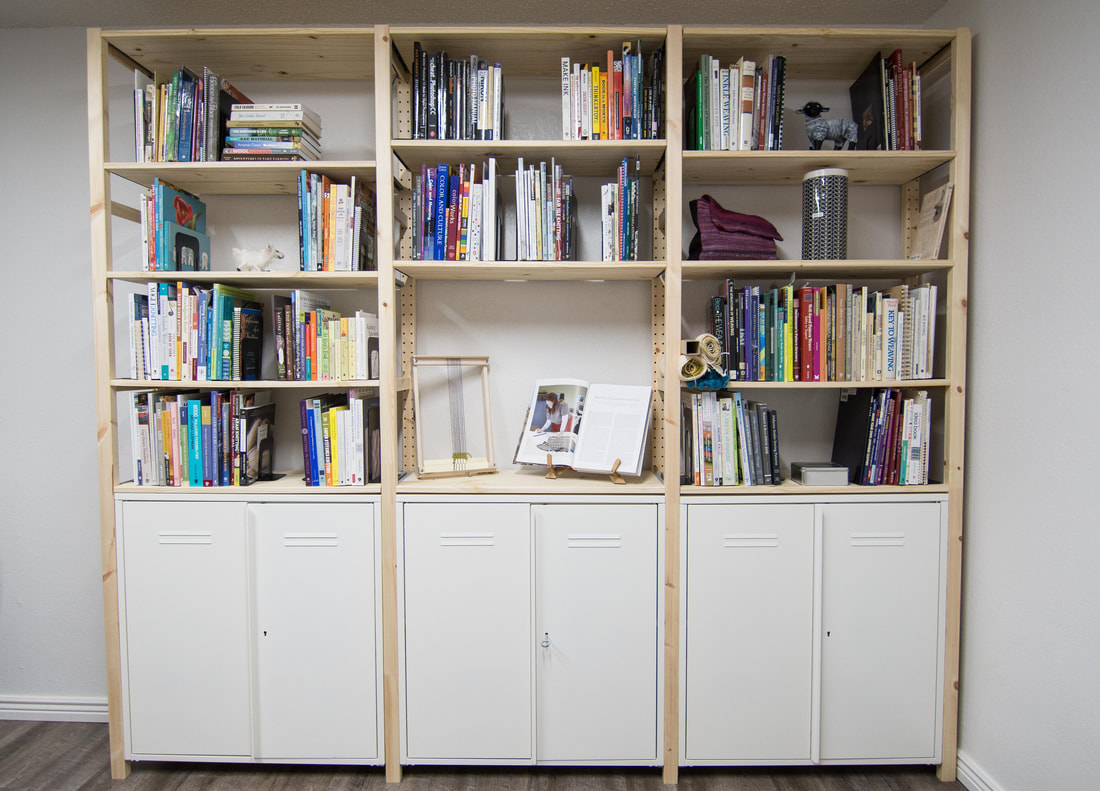
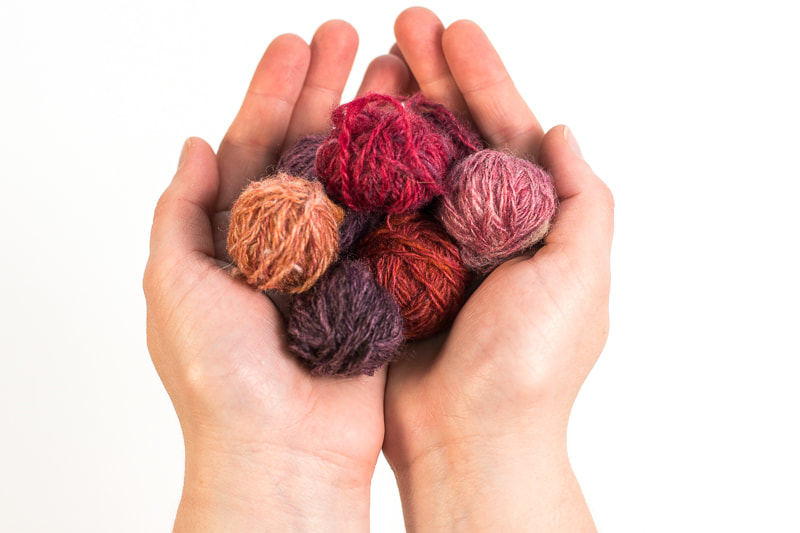
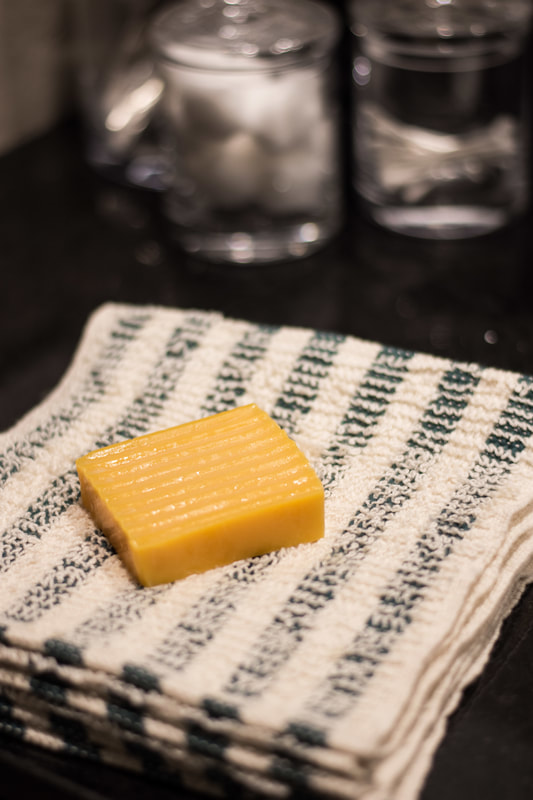
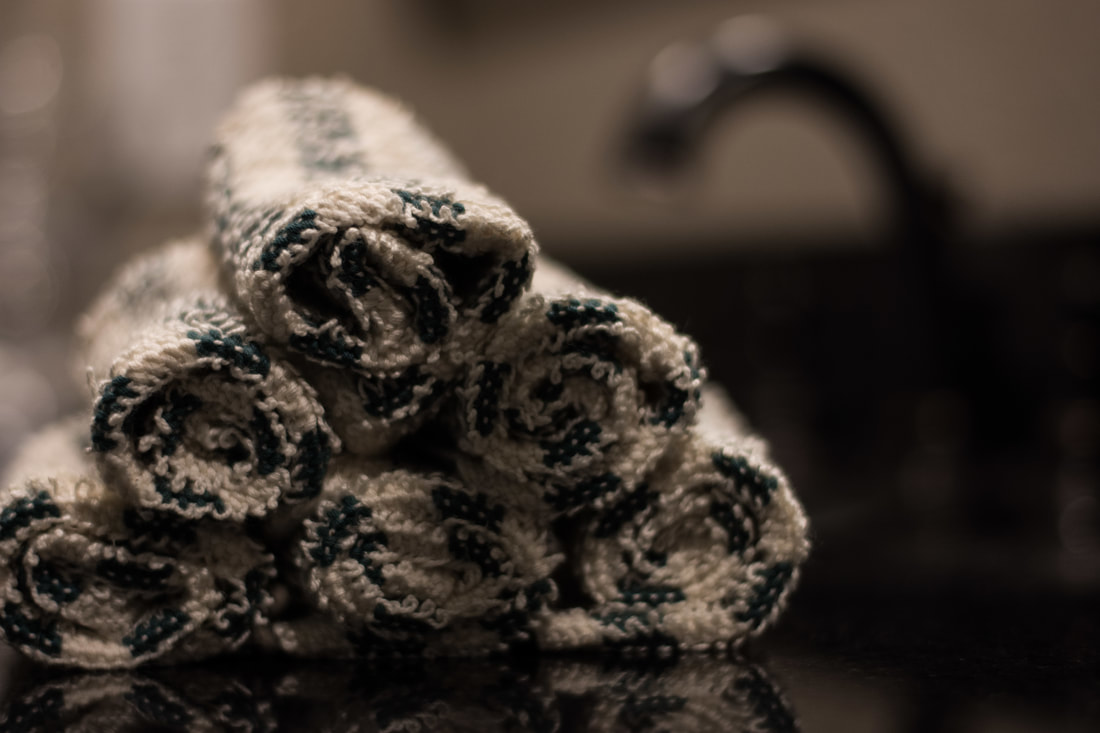
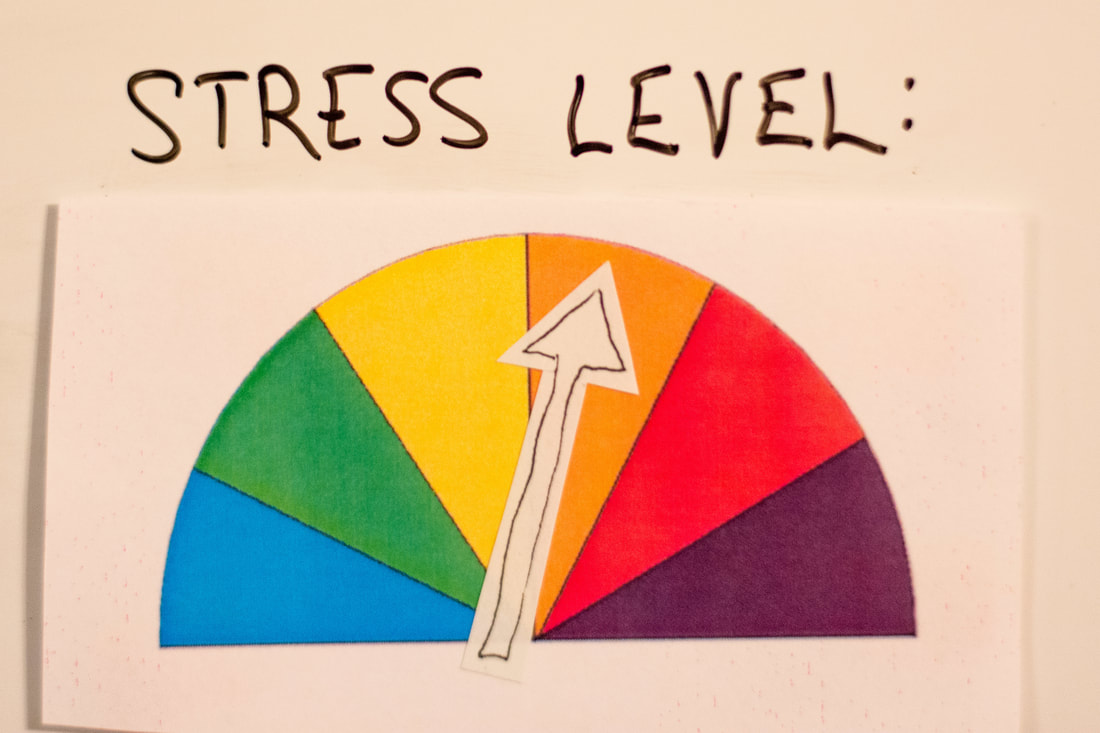
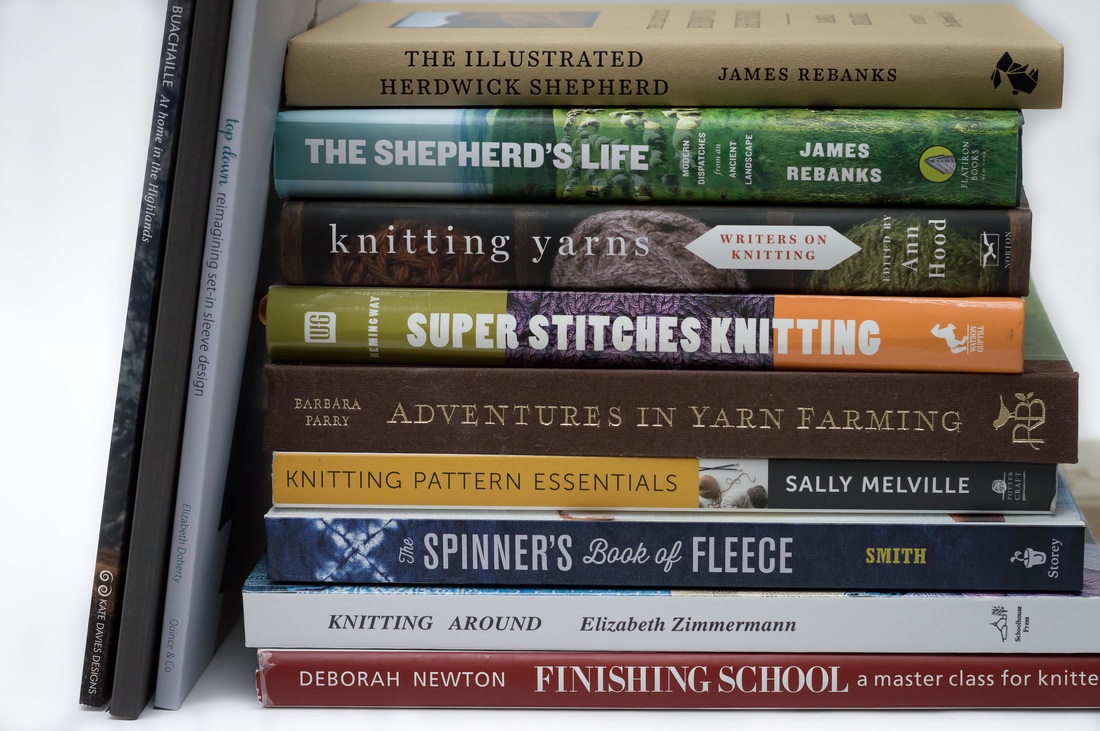
 RSS Feed
RSS Feed